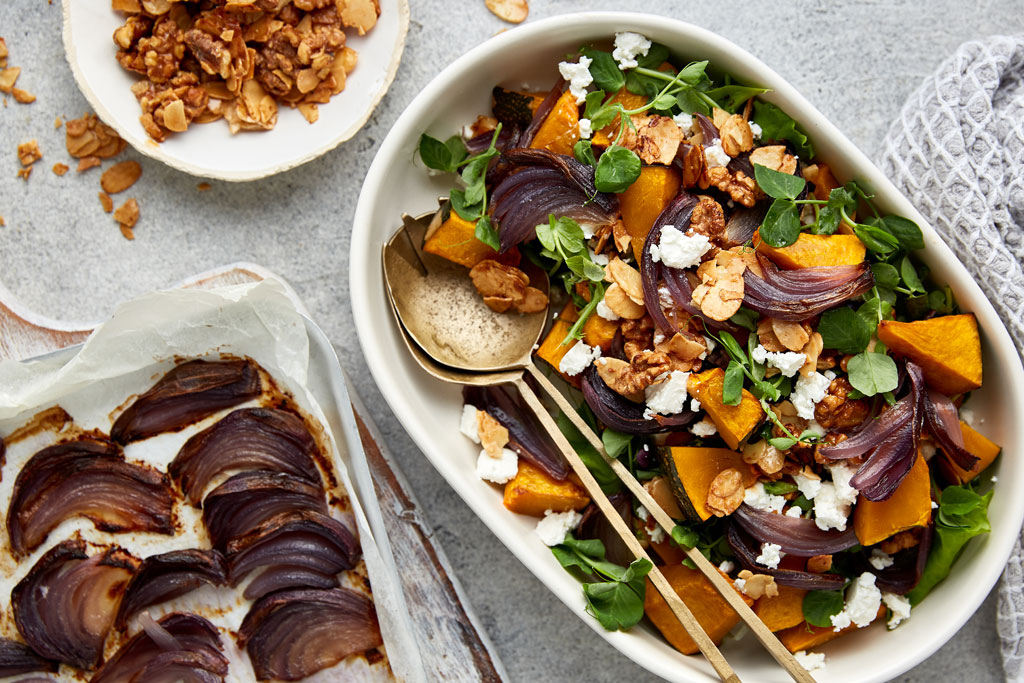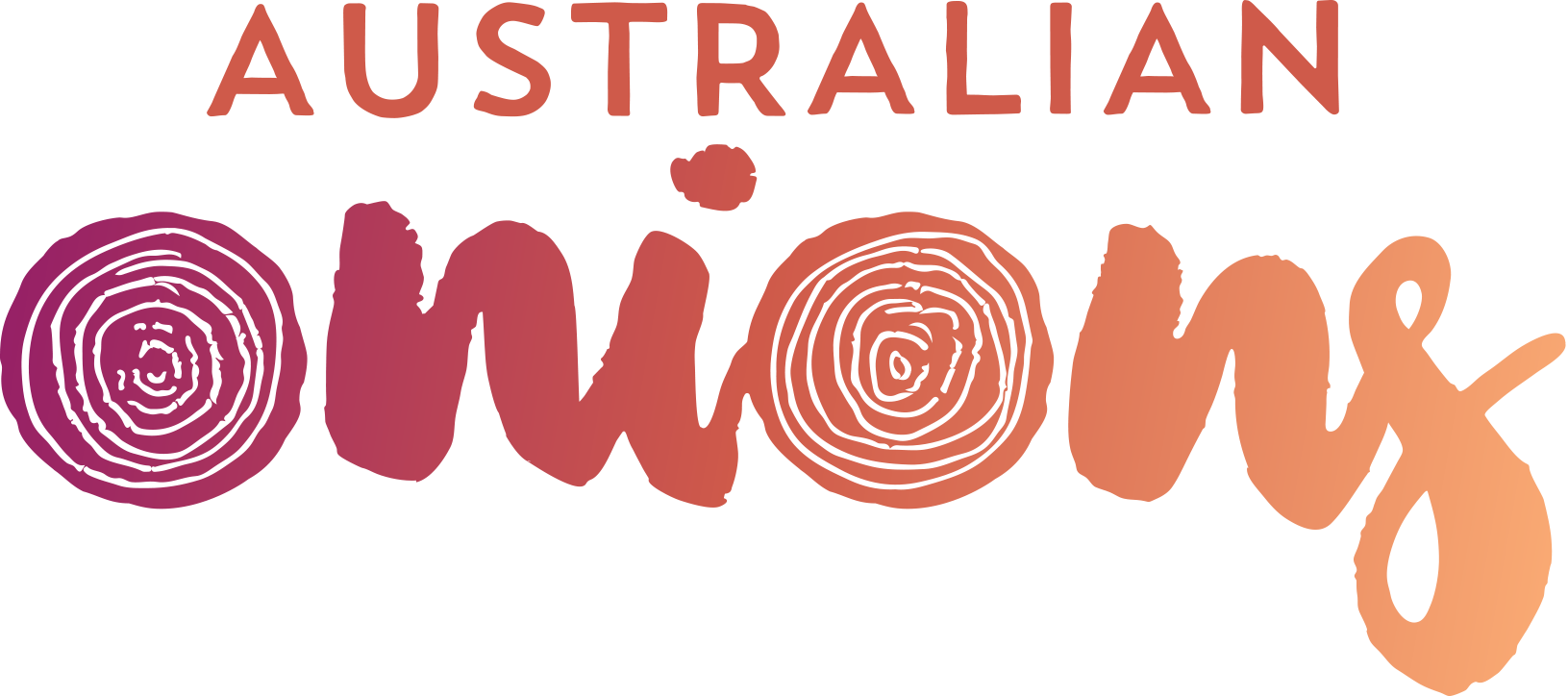Onion are usually consumed raw or after frying, grilling, baking or boiling. The choice of cooking method can cause substantial changes to the physical structure of onions and, in turn, affect how much of their beneficial phenolic compounds we absorb into the blood stream during digestion.
Cooking processes may induce substantial changes to the physical structure of foods, which in turn have a softening effect due to the heat-induced breakdown of the vegetable structure.
As a result, the extractability of phenolic compounds may increase after cooking due to the cell walls rupturing, which releases more of the fibre-bound phenolic compounds they contain.
On the other hand, cooking may also negatively affect the stability of phenolic compounds, as some phenolic structures may be degraded by heat during cooking.
To exert their positive health effects, phenolic compounds should be bioavailable, that is, they need to be absorbed into the blood stream via the gastro-intestinal tract during digestion. Since bioaccessibility is highly dependent on the phenolic compound’s extractability, different cooking procedures can have a major impact on their bioaccessibility.
This study set out to assess the effect of the four most common cooking methods (baking, boiling, frying and grilling) on the stability, bioaccessibility and antioxidant activity of phenolic compounds from two onion varieties: yellow-skinned and red-skinned onions, after cooking and in vitro gastro-intestinal digestion. (Yellow onions are equivalent to brown onions in Australia).
The effect of cooking on phenolic compound stability is dependent on a fine balance between their degradation, reaction with other food matrix components, and the increased extractability due to the matrix softening effect.
Baking, frying and grilling resulted in an increased number of phenolic compounds in comparison with the raw onion samples. In red onion varieties, anthocyanins were always degraded independently of the thermal treatment, but with different intensities, depending on the cooking method used.
Of all the cooking methods analysed, baking was the method that produced the greatest number of phenolic compounds available for digestion.
Baking and grilling resulted in an increased gastro-intestinal availability of quercetin, which has been reported to have beneficial effects against colon cancer. After in vitro digestion, baking for both onion varieties – and grilling for red onions – significantly increased the bioaccessibility of phenolic compounds in onions.
These research results suggest baking and grilling should be the top recommended cooking methods for onions, to maximise the bioaccessibility of health-promoting phenolic compounds from onions.
Practice Tips
- Try baking or grilling onions to maximise bioavailability of onion flavonols
- Cooking onions (specifically via baking or grilling) can increase the amount of nutrients available for the body to absorb
- Try these delicious baked stuffed onions to maximise their flavonol bioavailability and reap the health benefits: Stuffed red onions with mushrooms, feta and fresh herbs
Reference
Cattivelli A, Conte A, Martini S, Tagliazucchi D. Influence of Cooking Methods on Onion Phenolic Compounds Bioaccessibility. Foods. 2021 May 8;10(5):1023. doi: 10.3390/foods10051023. PMID: 34066759; PMCID: PMC8151956.

